THE COLLECTION OF SOLID URBAN WASTE
“Trash is an extremely valuable commodity, but it is in the wrong place, in the wrong quantity”
CONTEXT
In a city where 600 thousand people live, where it is estimated that around 500 tons of solid urban waste are currently produced daily. But the waste is usually deposited in the streets, spreading by wind, rain and animals looking for leftover food.
Some of these residues are finally collected, but they end up deposited in the dumping site, where dozens of families devote themselves to collecting various materials, animals roam and feed, making this place a serious public health issue. It is, therefore, necessary to design a collection point system, a daily collection logistics in order to route these wastes for sorting, recycling and energy recovery.
In terms of structure, we have to foresee that the system has great robustness, in order to resist in time, without undergoing a deterioration that puts its operability at risk, and in order to minimize the operational cost.
Phase 1
Framing of equipment, procedures and structures
1- Undifferentiated collection points.
In the first moment, containers for the undifferentiated collection of organic garbage, plastics, paper, glass, metal, etc, will be distributed among the various districts.
The number of containers in each street /neighbourhood will be defined according to the resident population and the commercial activity and will be revised every three months depending on the residents’ adherence to the delivery of the garbage in these containers.
2- Dumps for collecting rubbish
It will be necessary to provide a collection of dumps for the collection of debris, construction waste or demolition, to ensure that stones, bricks and irons are not to be dumped into the containers of undifferentiated waste.
3- Eco points for selective collection
In a second phase, the installation of specific containers for the differentiated collection of paper, plastics, glass or metal is planned, reducing the downstream screening effort.
The installation of these eco points will begin in the centre of the city, through the schools, and then gradually spread to the populous neighbourhoods.
4- Collection system
To collect the waste will be used trucks equipped with hydraulic systems to flush the waste to the cargo box, as well as a system of compaction of the waste, in order to reduce the volume, and to maximize the amount of waste transported in each trip to the centre screening.
These same trucks can then be used in the selective collection, organizing specific days for collecting each of the categories of waste.
Another type of trucks will be used to collect the dumps.
5- Center for sorting and recovery of waste
Once collected by the trucks, all waste will be sent to a sorting centre, where it will be sought overtime to increase the percentage of separated waste for recycling, with the remaining volume always being sent to an energy recovery system.
All wastes with potential for recycling will be stored in batches, packaged and/or worked so that they can be sold to the local or international market.
The revenues obtained from the commercialization of these products, as well as those obtained from the electric energy produced, will help to amortize the costs of collecting and processing the waste, thus reducing to the maximum the bill to be borne by the municipalities, seeking to achieve financial sustainability.
Phase 2
Description of structures and equipment
A – Containers for undifferentiated waste
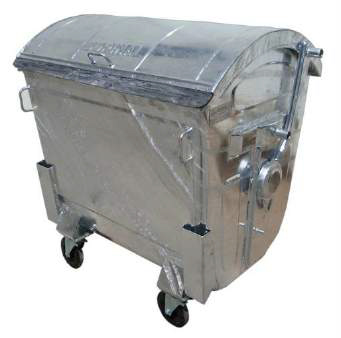 This type of container is robust, fire-resistant and almost all type of maltreatment of urban vandalism type.
This type of container is robust, fire-resistant and almost all type of maltreatment of urban vandalism type. With a capacity of 1100 litres, it can accumulate on average 100 to 200 kg of waste, depending on its composition.
With a capacity of 1100 litres, it can accumulate on average 100 to 200 kg of waste, depending on its composition.
Now for a scenario of 500 tons of waste daily, we have to consider the acquisition of about 4,000 units.
This same model can then be used for the selected collection, allowing that as the population becomes accustomed to select the waste, only a paint is necessary so that the same container becomes an eco point.
B – Dumps for construction and demolition waste
The collection of this waste is essential to ensure the minimum contamination of urban waste with this type of material because its presence in the containers causes huge wear on all collection and sorting equipment, make the screening task difficult and has no value energy.
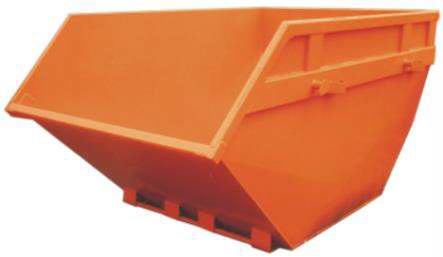
The distribution of these dumps should be made by request to the municipality or placed regularly in places where the construction activity is more intense.
About 100 units should be sufficient to ensure reasonable coverage throughout the city.
Each dump has a capacity of 4 to 8 m3.
C – Trucks for the collection of mixed waste
Given the expected distance between the city and the place of destination of the waste (the sorting center), it is recommended to adopt large capacity trucks, considering that the width of the great majority of the streets does not cause problems of maneuver to the trucks, being able however the fleet is made up of a few smaller trucks so as to access narrower streets where the use of others is difficult.
Each truck has the capacity to collect up to 15 tonnes of waste. Considering the low travel speeds in the collection circuit and the distance to the sorting centre, we estimate an average of 3 to 4 hours for each completed round. Each staffing team will be composed of a driver and two helpers, who will make an average of two rounds per day.
In order to maximize investment in the truck, it is recommended to hire at least two shifts per truck, thus achieving each truck an average of 4 rounds per day.
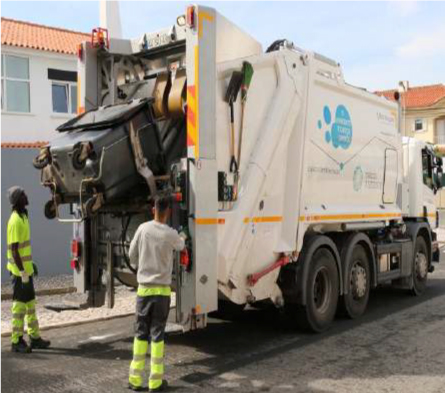
Based on an estimate of 500 tons/day, collected over the 6 days of the week (except Sunday), we estimate a need for 16 trucks. Considering the rhythm of use and the complexity of the hydraulic systems, these equipments need careful maintenance, reason why the purchase of a minimum of 20 units is recommended.

For the narrower streets of some neighbourhoods, to circulate on the older streets, and to support street sweepers, it is recommended to purchase a smaller car typology. This model will have a capacity of about 8m3 / 4 tons and has the ability to tilt the waste directly to a larger lorry, thus avoiding its movement to the sorting centre. It is planned to purchase 6 units.
D – Trucks for collection of dumps
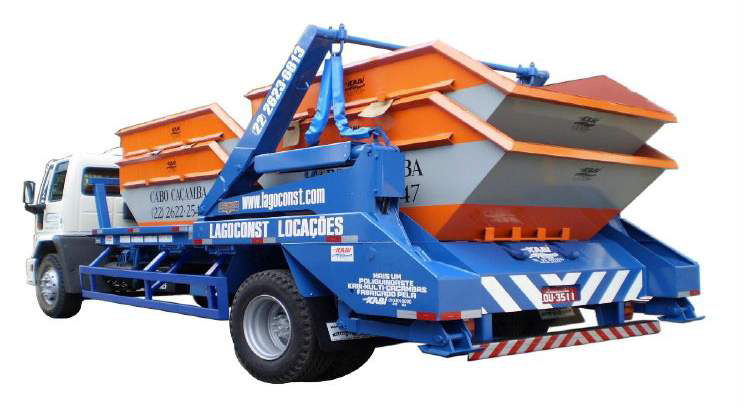
The dumps collection system is simpler, less frequent in the rhythm of the rounds.
The type of truck to be used has the capacity to collect at least two full dumps, and on the return can carry up to 6 empty dumps.
The hydraulic system also allows the transhipment of the contents of dumps that are not fully filled to help complete the load of others, thus avoiding their transport to the sorting centre.
Of this typology, 3 units will be sufficient to ensure the work. Each truck needs a crew consisting of a driver and a helper.
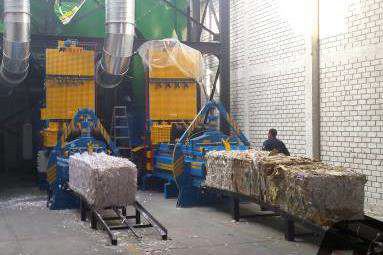

E – Screening centre
This complex will be the seat of the whole system. It is from here that the trucks leave to make the collections, here are stored the containers that are not being used. When returning all trucks are weighted, to record the quantities collected in each round.
In this space, there is a workshop for maintenance of the equipment, and a washing area for the sanitation of trucks and containers, where this is justified.
Next to the central nave where the sorting lines are installed, a cover structure will be built to protect paper, card and some types of plastics from the weather which will be previously compacted in balers, thus creating blocks easier to manipulate and to facilitate the transportation process for recycling.
Patio of demolition materials
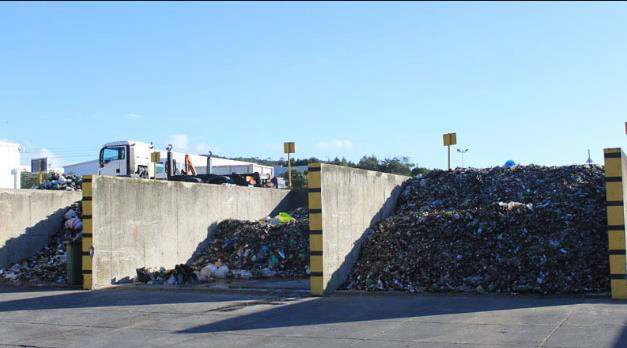
 Construction and demolition waste, as well as glass, tires and metals, shall be stored outside, in silos which enable classification and containment. Here they accumulate until there is a volume that justifies their transport for recycling.
Construction and demolition waste, as well as glass, tires and metals, shall be stored outside, in silos which enable classification and containment. Here they accumulate until there is a volume that justifies their transport for recycling.
When it is dropped to the ground, the waste is then piled into the corresponding silo. Two medium-capacity loaders are required to move these loads. This machine will also be used to load the trucks at the time of sending the materials for recycling or for reuse.
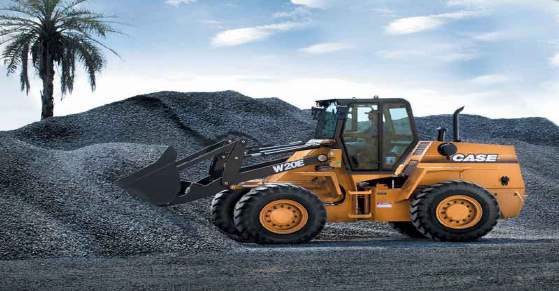
This machine requires only one driver.
In this park, a crusher can still be assembled to break large cement or concrete blocks and turn them into gravel or macadam to be used in the paving of roads or patios.
Closure of the Drainage
An environmentally degraded site that has served as a deposit of thousands of tons of garbage collected daily in the city, deposited there without any control or method, without treatment or preparation of the place. With several permanent fires, dogs and cows wandering around, men, women and children picking among the waste, the risk of contracting diseases is very high.
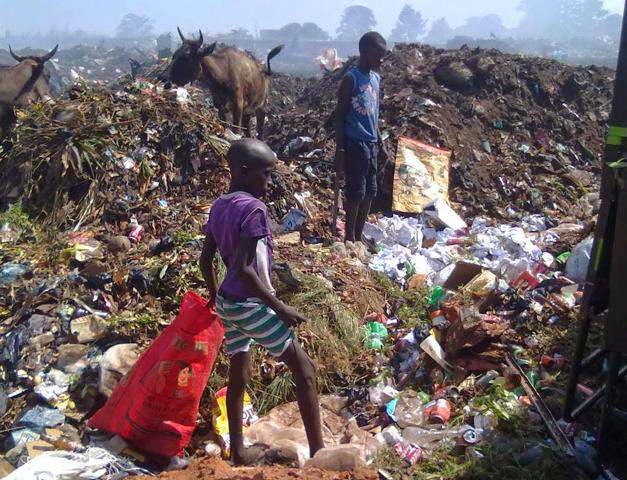
It is, therefore, today a source of pollution, a risk to health and the environment, with water contamination and a foul smell.
Taking advantage of the construction of the new infrastructure, it is considered opportune to remove all this volume of waste for sorting. You can reverse the process by stopping the deposition of new waste and starting to transfer it to a new destination. At the end of the process, the land will be cleaned and can be environmentally recovered for other purposes, but above all, it will no longer represent a threat to the life of the inhabitants.
In order to carry out the work of transferring this enormous volume of waste, it will be necessary to implement a logistics operation, which provides for the need to purchase a rotary excavator and two tipper trucks, in order to maintain a constant rate of shipment of waste to central sorting, but a not too high pace not to call into question the normal processing of the waste brought daily from the city.
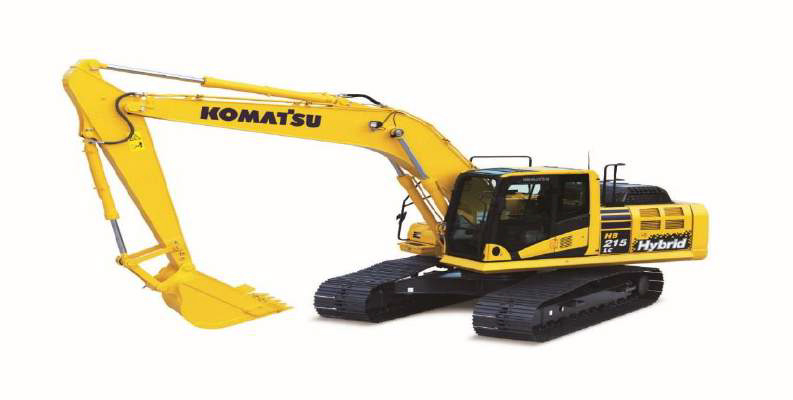
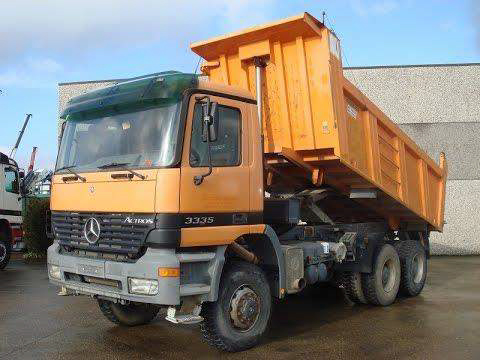
Academy of Recycling
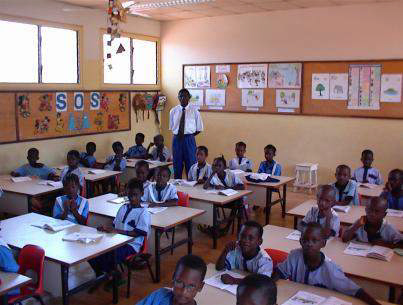
One of the most sensitive problems anticipated in this operation is the management of human resources. There is a cultural tradition on the part of workers that they are not committed to attendance, they easily change their jobs, they do not return to work, a high incidence of diseases or health problems, recruit a large number of workers in the first phase.
As a matter of social balance, it will be important to recruit the majority of these workers from among the current waste pickers, thus contributing to the social integration of these people. However, medium- to long-term intervention is needed in order to stabilize and improve the establishment plan.
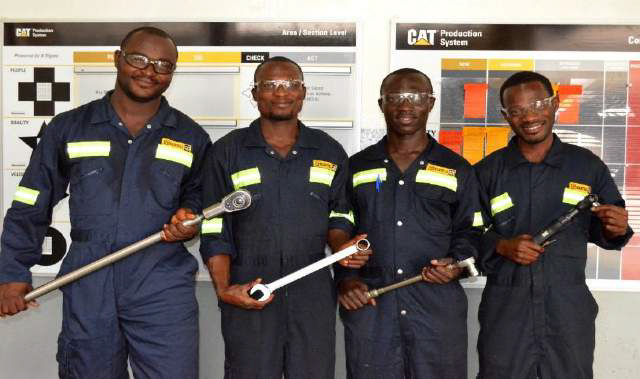
The establishment of a youth academy operating within the facilities of the sorting centre will make it possible to remove children from the task of collectors by placing them in general training so that they can develop their human capacities but also with professional training, where topics such as mechanics, locksmithing, or accounting will be addressed.
Along the passage by the Academy young people can go so building a relationship of trust with the project, causing them to become more present in the work, but above all ensure the creation of more enabled staff.
This is where future mechanics, drivers and machine operators will be trained for the whole complex.
In an initial phase, this academy will serve to carry out the various training actions for new employees, especially in the area of occupational health and safety, so as to minimize the occurrence of accidents and incidents, especially when driving vehicles and interacting with various machines in the complex.
With this social project, the company is committed to social sustainability, along with the environmental sustainability that underlies the main pillar of this project.


